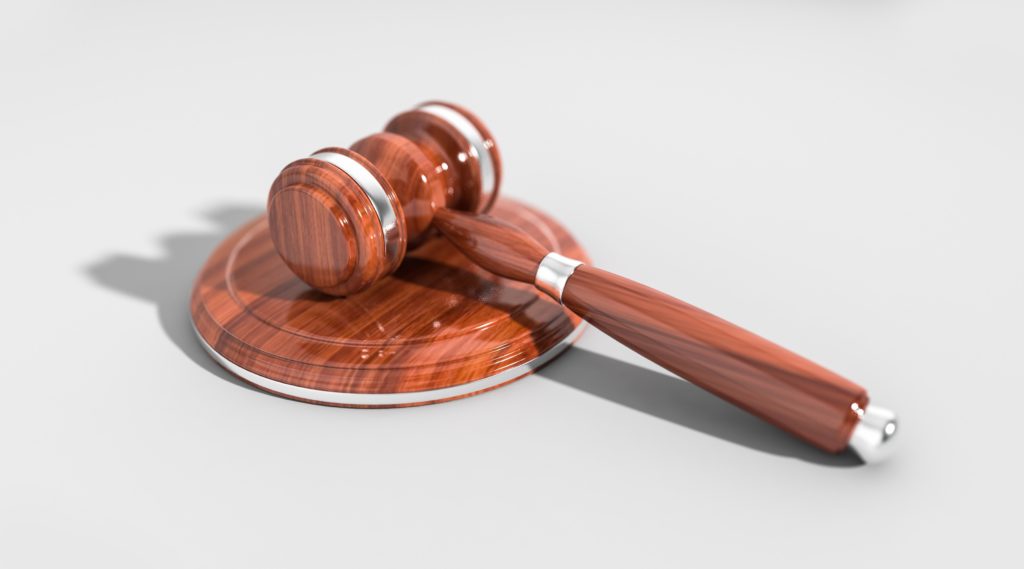Talking Law with the State Bar of Texas

Recently, I had the opportunity to speak on the State Bar of Texas Podcast, with Laurence Colletti of the Legal Talk Network. He was interested in how Quantified Communications approaches leadership communication, and especially what lawyers should keep in mind when they’re speaking with clients, judges, or juries, or when they’re drafting briefs and other documents.
You can listen to the full broadcast here, but here are three of the highlights. And these are tenets that apply not only to lawyers but anyone in an important communication setting.
1. Audiences Are Selfish
When we prepare to speak, we tend to focus on saying exactly the right thing, showing exactly the right slides, etc. And while those things are important, what has to come first is showing the audience why this matters to them.
We’re selfish as speakers, trying to use our communication skills to get something we want from our audience. But our audience is selfish to, and what makes us most successful is catering to them. So when you’re preparing for your next speaking engagement—whether you’re in a courtroom or a boardroom or on the stage at TED—focus on what you can give your audience. Who are they, what engages them, and how can you be sure they feel the time they spend listening to you is time well spent?
Once you’ve done that, they’re much more likely to give you what youwant.
Learn more about audience-first communication.
2. Emotion Matters
Second, when we think about persuasion—and especially in a legal setting—we tend to focus on facts, data, and reason. But what we’ve learned is that, more often than not, you’re more likely to move your audience if you lead with persuasion. A recent study found that people who let their hearts and their instincts—rather than pure logic and reason—drive their moral judgments are perceived to be more trustworthy. And our own communication research has yielded the same results.
When we measured the communication styles of the World’s 50 Greatest Leaders, we were surprised to find that, rather than relying on logic, these people—some of the most persuasive and influential leaders out there—use 2.9 times more appeals to emotion and 3.4 times more appeals to intuition.
3. Nonverbals Are Key
Finally, the most important way to build connections with an audience is through nonverbal communication. Eye contact, gestures, posture, vocal inflections, overall presence—that’s what they’re really looking at for cues about how invested you are in your message and, in turn, how invested they should be.
While what you say is obviously a critical piece of your message, even the most perfect words will be far less impactful if you don’t give any thought to how you say them.
Learn more about the power of nonverbal communication here.
So how are the lawyers doing?
Attorneys get a bad rap as communicators. We joke about legalese and we assume everything they say and write will be too convoluted for the average Joe to even dream of understanding. But in reality, they’re not doing so bad.
We’ve spent some time analyzing legal communication, parsing Supreme Court rulings and legal documents, and what we’ve found is that lawyers, in general, tend to be clear, trustworthy, and well-prepared in the way they communicate. Rather than the sort of slippery, convoluted legalese we expected, what we found was a kind of collective energy toward being true to the law and serving clients—and the public—well by communicating effectively.
I invite you to listen to the full interview on the State Bar of Texas podcast, and keep these three strategies in mind when you’re crafting your next big presentation, whether you’re an attorney or not.